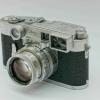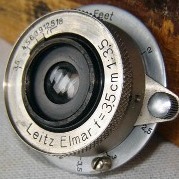A blow for 'film' is dead', even more to choice to come
-
Recently Browsing 0 members
- No registered users viewing this page.
-
Similar Content
-
Leica Q1 - even more attractive in 2024 1 2
By TinovanDyke1,
- leica look and leica feeling: q1
- q2
- (and 1 more)
- 31 replies
- 4,596 views
-
- 21 replies
- 1,137 views
-
- 5 replies
- 457 views
-
Leica Summilux-M 50 f/1.4 ASPH. – The New Generation for Even More Versatility and Flexibility 1 2 3
By LUF Admin,
- 49 replies
- 14,112 views
-
- 10 replies
- 638 views
-


.thumb.jpg.a8c0eceb5c93f775e75e8b4465e4cf9c.jpg)

Recommended Posts
Join the conversation
You can post now and register later. If you have an account, sign in now to post with your account.
Note: Your post will require moderator approval before it will be visible.